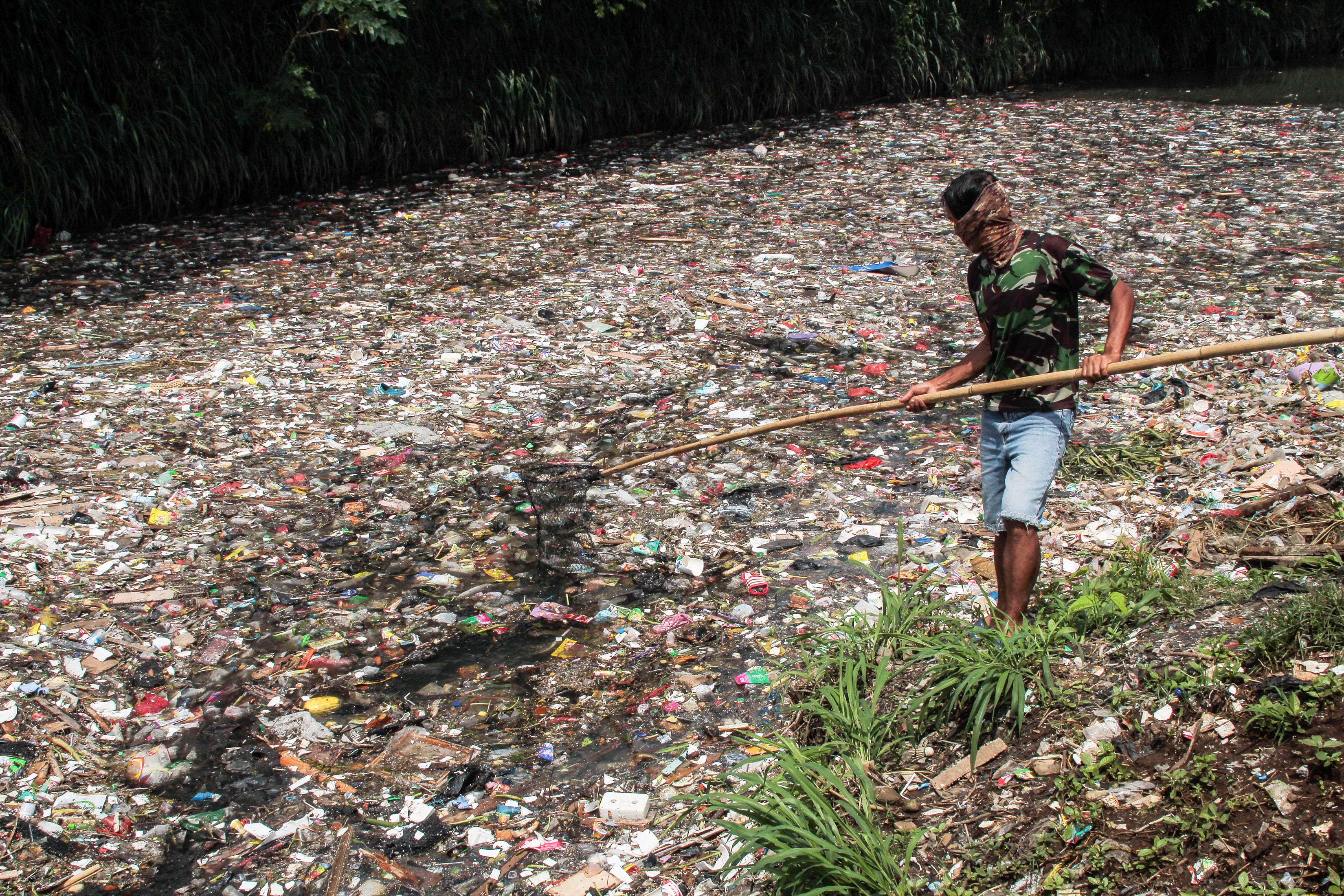The daily COVID data for the US, South Africa and the UK indicate that the next two months will see a US COVID seven day moving average daily death rate in the 2000-4000 range.
South Africa had the Omicron wave about 6 weeks before the US. The Omicron wave peaked in South Africa about 6 weeks before the US peak. South Africa’s daily cases are down ten times from their daily case peak. However, daily COVID deaths in South Africa have continued to rise. There is a lag of several weeks with daily COVID deaths as people get infected, then some have a severe reaction and are hospitalized and then some are not saved. The UK Omicron wave hit and peaked about two weeks before the US and the UK have not seen a drop in COVID daily deaths. There will be an eventual peak and significant decline in daily COVID deaths. This appears to be at least one month away and the level appears unlikely to significantly decline until late in the spring.
As of Feb 7, 2022 the CDC count 903,038 US COVID deaths. John Hopkins counts 909k and Worldometers counts 932k.
If there is an average of 2,500 daily US COVID deaths then
the data reported for March 1 (one day delay in reporting) will be 955k CDC, 960k John Hopkins, 983k Worldometers.
the forecast for March 19, 2022 will be 1.00M CDC, 1.006M John Hopkins, 1.03M Worldometers
One million US COVID deaths would be reported by the CDC on March 19, March 16 by John Hopkins, and March 8 by Worldometers.
If there is an average of 3000 daily deaths for the next few weeks then
the data reported for March 1 (one day delay in reporting) will be 966k CDC, 972k John Hopkins, 995k Worldometers
the forecast for March 12, 2022 will be 1M CDC, 1.006M John Hopkins, 1.03M Worldometers
One million US COVID deaths would be reported by the CDC on March 12, March 10 John Hopkins, March 3 Worldometers.
John Hopkins and the CDC are the most cited sources by news media. The one million US COVID deaths seems quite certain to happen in the March 8-20th time window.
The IHME (Institute for Health Metrics and Evaluation) has a garbage projection that the US cumulative COVID deaths will be 934,000 on June 1, 2022. The only IHME scenario that deviates from the main IHME projection is where there are even fewer deaths. This occurs in a fantasy land where there is over 80% mask compliance and effective mask usage. IHME apparently does not watch ESPN where 10,000 to 60,000 mostly unmasked people are at each stadium attending multiple sporting events every day.
Longer Term Forecast Looking at the COVID Waves and the Flu Since 1900
In the US, there have been five waves of increasing COVID daily COVID deaths. Two of those waves saw declines from the peak down to less than half the daily deaths. The peaks lasted about two months and the declines to half or less took two months or more. In the other cases, another wave started before the daily COVID deaths reached half of the peak. Getting to four times less than the peak took 3 months for the first wave and five months for the third wave.
Is the long-term relative steady-state for the US and world COVID epidemic like the summer of 2021? The summer of 2021 was when there were significant amounts of vaccination and a peak level of immunity relative to the variants of COVID. This could be what it looks like longer-term when everyone has been infected multiple times before and has reasonable immunity to the COVID variants. This is the case with the flu. Every year most people get the flu but they have had the flu multiple times before.
This would mean long-term daily US COVID deaths in the 200 to 500 range. This would mean annual US COVID deaths of 70,000 to 200,000.
Flu seasons in the US usually have 20,000 to 100,000 deaths per year. Flu hospitalizations range from 150,000 to 1.2 million in typical years.
It took about three to four decades for flu seasons to get substantially less harsh than the situation in the 1920-1929 after the 1918 pandemic. The three decades after were a lot better than the 1918 pandemic but they did not settle into the lower levels experienced from 1970 to 2020 for three decades.
US Flu deaths in the 1920-1929 timeframe was in a population-adjusted range of 150,000 to 700,000. The US flu deaths were less because of the lower population but the annualized deaths per 100,000 were ranging from 50-200 throughout the year. Multiplying by 3350 would get to what we would have expected if there was our current population. We currently do have therapeutics like monoclonal antibodies and antivirals and vaccination. This should reduce the public health impact of COVID. The negative factors are that the US population is older and has more obese. Those factors increase the public health impact of COVID.
The long-term burden of COVID would be reduced if the public health problem of obesity could be improved. Those who are obese are three times as likely to die or have a severe case of COVID. Countries with less than 25% obesity rates have ten times lower death rates from COVID.
Technological and medical breakthroughs that could reduce the COVID burden would be treatments that boost immune systems overall, specific improvements with COVID like t-cell vaccinations, close monitoring of the genetics of variations and a rapid proactive response, and treatments and success with weight loss and overall population health.
It will be likely that COVID will be three times as deadly as the flu for about two or three decades.
John Hopkins Emily Gurley, PhD ’12, MPH, a professor of the practice in Epidemiology, has suggested the COVID public health policy should shift from infection prevention to preventing hospitalization and death. COVID infection prevention has been economically costly and ineffective.
COVID is never going away. How many hospitalizations and deaths can we accommodate? How many are we willing to accept?
We do this with other infectious diseases, and the time has come to have that discussion about COVID. If we set those goals—and I’m not suggesting it will be easy—we can set up strategies to get there. There may even be multiple pathways to those goals. I think if we really focus on [hospitalizations and deaths], it would change how we use our finite resources.
SOURCES- CDC, American Journal of Public Health, John Hopkins, wikipedia, IHME, worldometers
Written and analyzed by Brian Wang, Nextbigfuture.com
Brian Wang is a Futurist Thought Leader and a popular Science blogger with 1 million readers per month. His blog Nextbigfuture.com is ranked #1 Science News Blog. It covers many disruptive technology and trends including Space, Robotics, Artificial Intelligence, Medicine, Anti-aging Biotechnology, and Nanotechnology.
Known for identifying cutting edge technologies, he is currently a Co-Founder of a startup and fundraiser for high potential early-stage companies. He is the Head of Research for Allocations for deep technology investments and an Angel Investor at Space Angels.
A frequent speaker at corporations, he has been a TEDx speaker, a Singularity University speaker and guest at numerous interviews for radio and podcasts. He is open to public speaking and advising engagements.
Note: This article have been indexed to our site. We do not claim legitimacy, ownership or copyright of any of the content above. To see the article at original source Click Here








